$18.41
Category: Uncategorized
African Goslings
The African goose is a large, stately breed known for its elegant appearance, calm temperament, and excellent meat-producing qualities. As goslings, these birds start off with soft, fluffy down and quickly grow into strong, robust juveniles. They are a popular choice for both hobby farms and homesteaders looking for a beautiful, dual-purpose bird.
Appearance (As Goslings):
- Color: Soft yellow to light brown down with darker shading along the back and head.
- Markings: Some may have subtle gray or tan streaks early on that darken as they mature.
- Beak/Feet: Dark gray to black bill and legs, typical of African breeds.
- Size: African goslings are large for their age and grow rapidly compared to other breeds.
Breed Characteristics (As Adults):
- Size: Large and heavy-bodied; ganders can weigh 18–22 lbs, and geese about 14–18 lbs.
- Appearance: Recognized by their prominent knob at the top of the bill and a graceful arching neck.
- Color Varieties: Most common are Brown African (grayish-brown body with a black knob and bill) and White African (pure white with orange bill and legs).
Temperament:
- Docile and calm, African geese are generally friendly when raised with human interaction.
- Alert and vocal, making them effective “watchdogs” for the farm.
- Social animals that enjoy the company of other geese or livestock.
Utility:
- Meat Production: Excellent for meat; African geese grow quickly and develop a large breast and full body.
- Weed Control: Like other geese, they are effective grazers and can help manage grass and weeds in orchards or pastures.
- Ornamental: Due to their elegant stance and unique knobbed head, African geese are also popular for display or ornamental flocks.
Care Requirements:
- Housing: Require safe shelter from predators and extreme weather, especially during early development.
- Feeding: High-protein starter feed for goslings, gradually transitioning to a waterfowl grower feed; they benefit from access to fresh grass and clean water.
- Space: Prefer open space to graze and roam; they thrive in free-range or semi-confined environments.
| pa_poultry-type | Geese |
|---|
Be the first to review “African Goslings” Cancel reply
Related products
Uncategorized
$8.49
Uncategorized
$7.49
Uncategorized
$7.49
Uncategorized
$7.49
Uncategorized
$7.49
Uncategorized
$7.49
Uncategorized
$7.49
Uncategorized
$7.49

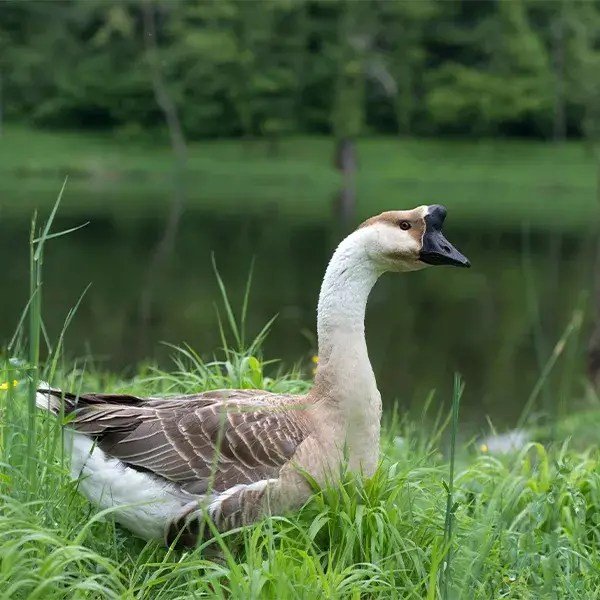
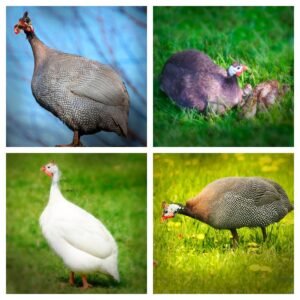
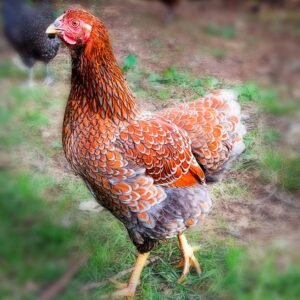
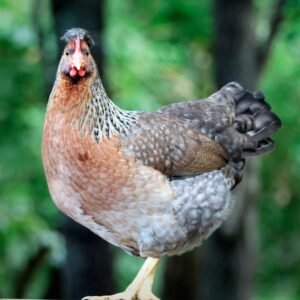
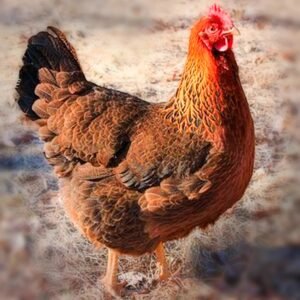

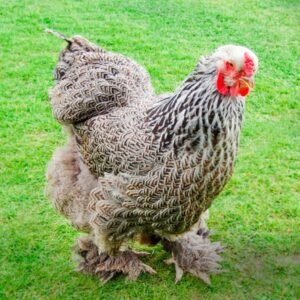
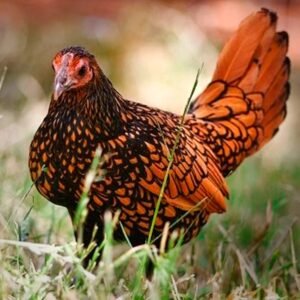
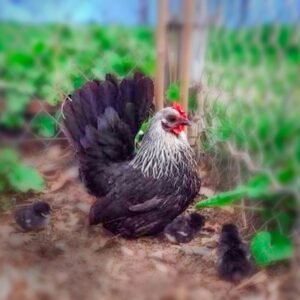
Reviews
There are no reviews yet.